QUALITY & FLAVOR

EVALUATING QUALITY
Tea’s quality can be determined by a combination of factors including: the appearance of the dried leaf, the color of the infusion, and finally, the taste and aroma.
CONSIDERATIONS
When evaluating the quality of a specific tea, experts consider the variety of tea, the region-of-origin, the time of harvest and the method of manufacture. These factors must be taken into account because certain characteristics are pleasurable in certain teas, but not in others. For example, a black tea from Assam should have a thick, rich, malty flavor. If an Assam tea is described as “thin” (lacking body or thickness) this would be a negative trait. However, a black tea from Darjeeling is celebrated for its thinner texture, which allows the drinker to appreciate this tea’s complex, floral nuances.
LEAF SIZE AND SHAPE
LARGE LEAF
When evaluating the appearance of the leaf as an indicator of quality, it is important to consider what size, shape and style is appropriate to that specific variety of tea. For example, although large, unbroken leaves are often present in high quality teas, bigger isn’t always better. Some extremely high quality Japanese teas come from tiny, needle-like leaves that half the size of their lower-quality counterparts, which come from larger, older leaves. Also, because some teas are tightly rolled during processing, the actual size of the leaf may not be visible until after it unfurls in hot water.
BROKEN LEAF
Also, some teas (often black teas) can be made from broken leaf grades and still be exceptional in quality and flavor. In fact, certain types of tea are purposely broken into small pieces during processing to enhance flavor. The smaller leaf-size allows the water to extract more flavor in a shorter period of time. Broken-leaf teas are not to be confused with "fannings" or "dust" used in common paper tea bags, which consist of the poorest quality tea that becomes stale very quickly due to its powdered consistency and high surface-to-air ratio.
OTHER TRAITS
Regardless of the actual leaf size, high quality teas should be uniform in size throughout.
Other traits vary depending upon the type of tea. For example, the presence of small hairs or down (resembling the skin of a peach) is a good indicator of quality for white tea.
Different tea types have their own, specific shape. Oolong tea is often rolled into tight balls or loose spirals, while green tea often has a flat, sword-like shape or a twisty, wirey appearance.
Tenderness is another factor, as the best teas are made from first 2 leaves and the tips. The leaves should not be rock hard.
CUP COLOR
The actual color (from pale gold, light or bright green, orange or ruby red, amber or deep brown) varies depending on the type of tea. Once the tea is first brewed, the cup color should be vibrant, clear and bright (although some teas naturally become cloudy once they cool and hard water can also cause good teas to turn cloudy).

Tea experts can determine the type of tea, country of origin and, often, the time of year a tea was produced just by its appearance and taste.
Man Harvesting Fresh Tealeaves

Certainly, taste is subjective and not all tea drinkers enjoy the same teas. But, in general, freshly brewed, high quality tea should have a vibrant, clear color, a fresh, lasting aroma, a refreshing first taste and a lingering after taste.
TASTE AND AROMA
The taste and aroma is, of course, the most important indicator of quality. Certainly, taste is subjective and not all tea drinkers share the same opinions. But, in general, freshly brewed, good quality tea should have a fresh, lasting aroma, a refreshing first taste and a lingering after taste. If the tea has a bitter note, it should be balanced and not overpowering. It should be noted that over steeping or incorrect brewing can make even the highest quality teas go bitter.


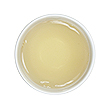
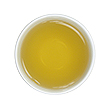
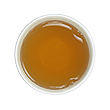
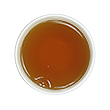
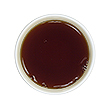
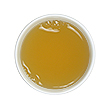
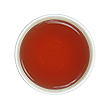
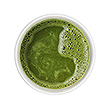
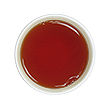
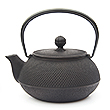
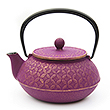
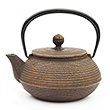
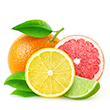

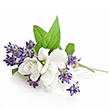
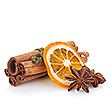
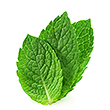
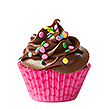

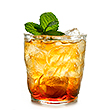
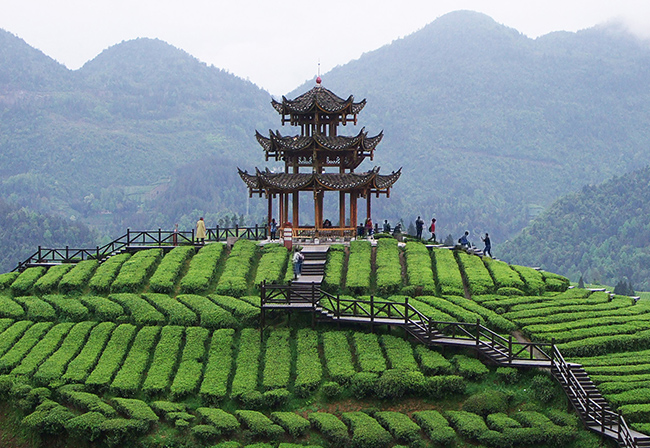
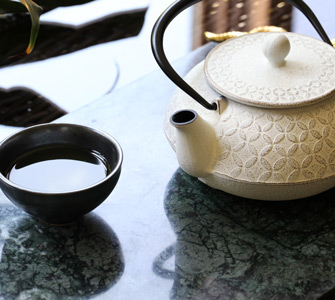
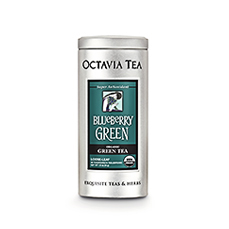
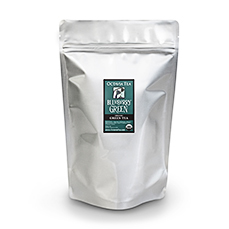
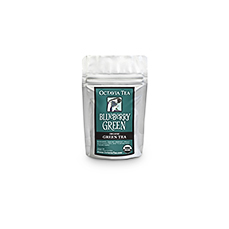
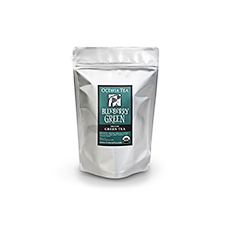
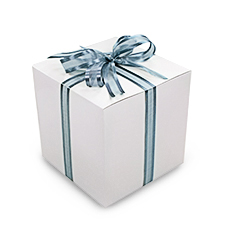
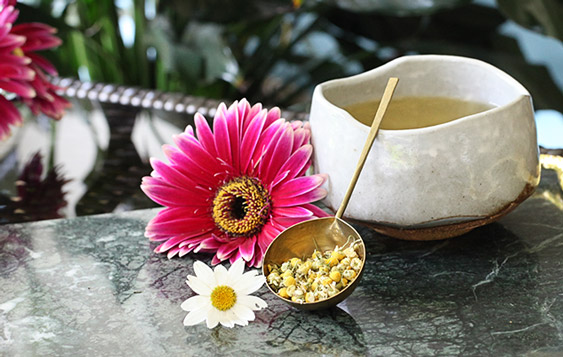







Octavia Tea Sign In
Create New Account